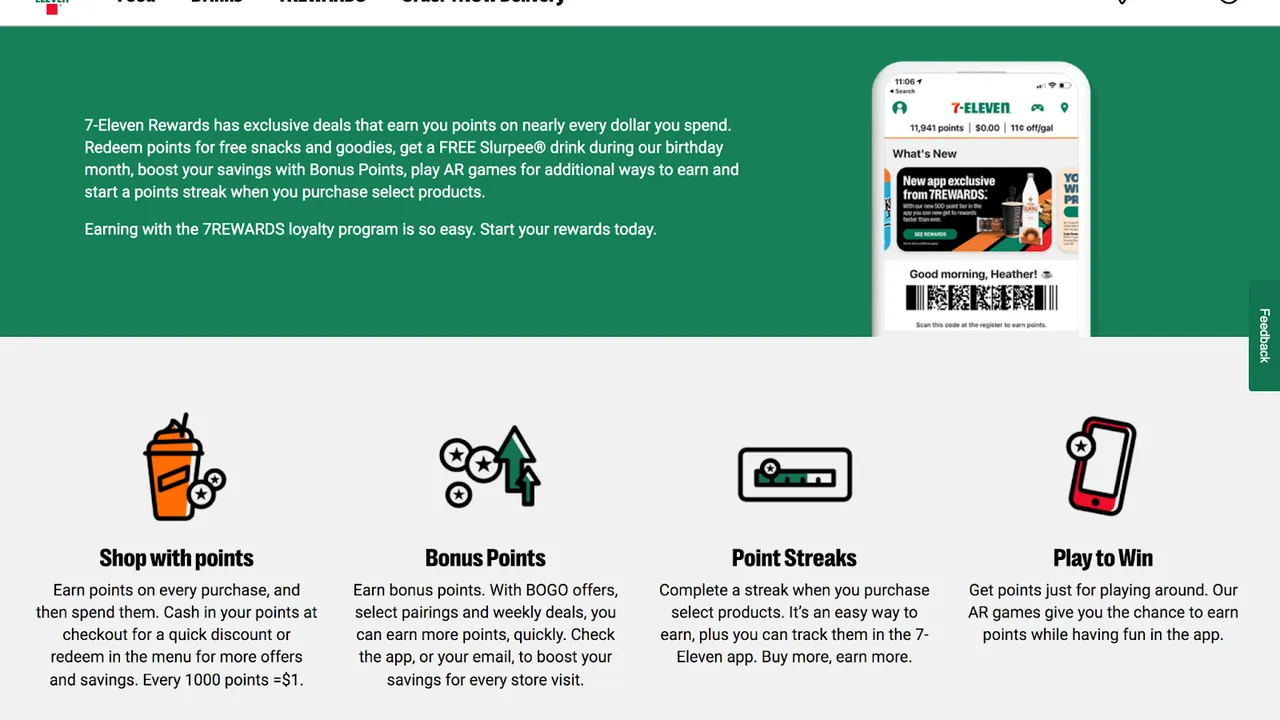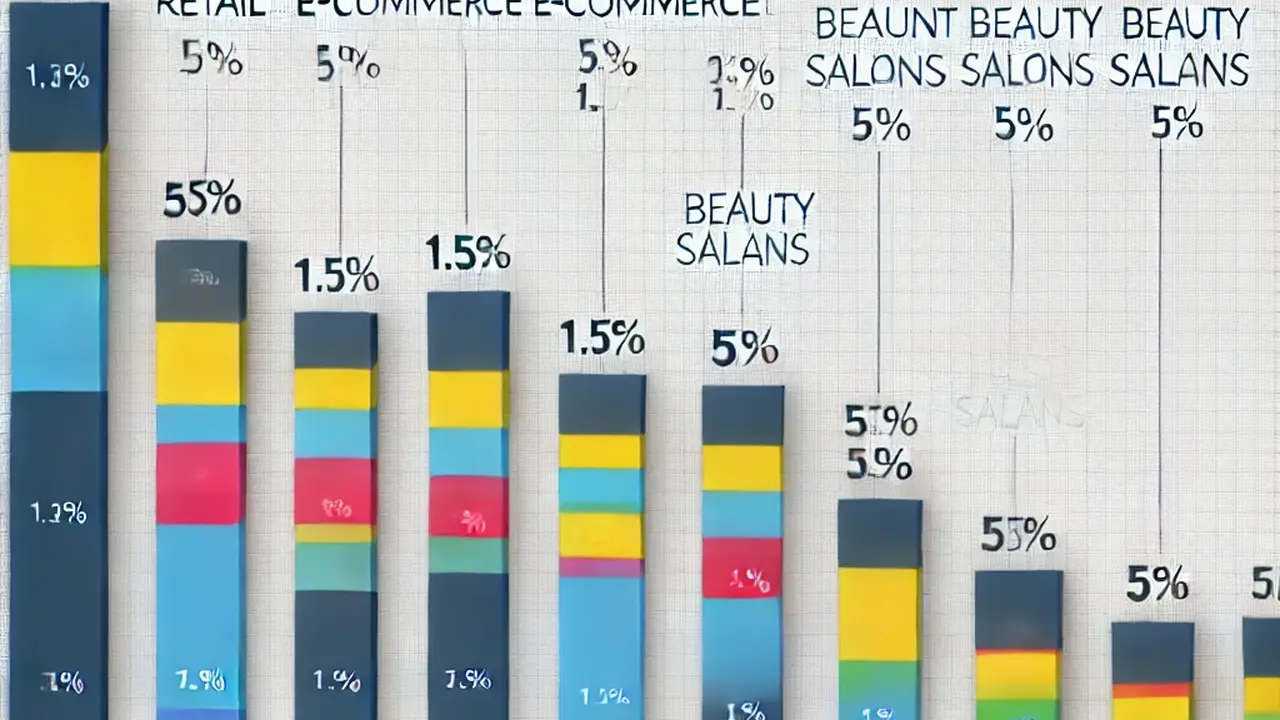Reducing Shipping Costs for Your E-commerce Business in SEA & Mexico
Sample meta description.

Understanding the E-commerce Shipping Landscape in Southeast Asia & Mexico: Key Challenges & Opportunities
Okay, so you're selling stuff online in Southeast Asia (SEA) and Mexico. Awesome! But let's be real, shipping can be a total pain. It's like, you finally get someone to click "buy," and then the shipping costs make them bail. We need to fix that. This isn't just about saving a few bucks; it's about boosting your conversions and actually making money. Think about it: lower shipping costs mean more sales, happier customers, and a bigger slice of that e-commerce pie. But how do we actually *do* it? That's what we're diving into. We'll cover everything from understanding the local logistics landscape to leveraging technology and negotiating better rates. Buckle up!
Optimizing Your Packaging for Cost-Effective Shipping: Size, Weight & Materials Matter
Seriously, packaging is a HUGE deal. Are you shipping a tiny phone case in a box big enough for a microwave? Stop it! The size and weight of your packages directly impact shipping costs. Smaller and lighter is always better. Think about it: you're paying for that extra space and weight, even if it's just air. Use appropriately sized boxes. Consider using lightweight materials like padded envelopes or bubble wrap instead of bulky cardboard when possible. Also, explore different packaging options. For example, poly mailers are often a great choice for clothing or soft goods. And don't forget about void fill! You want to protect your products, but you don't need to fill the entire box with packing peanuts. Look into sustainable options like recycled paper or biodegradable packing peanuts. Not only are they better for the environment, but they can also be lighter and more cost-effective. A little bit of planning here can save you a ton of money in the long run.
Negotiating Shipping Rates with Carriers: Tips & Strategies for E-commerce Businesses
Don't just accept the first shipping rate you see! Negotiation is key. If you're shipping a significant volume, you have leverage. Contact multiple carriers – DHL, FedEx, UPS, and local players in SEA and Mexico – and get quotes. Tell them you're comparing rates and see what they're willing to offer. Don't be afraid to play them against each other. Mention competitor rates (without lying, of course). Look for discounts. Many carriers offer discounts for volume, for using their online tools, or for specific payment methods. Ask about these discounts and see if you qualify. Also, consider using a shipping aggregator. These platforms can help you compare rates from multiple carriers and often offer discounted rates because they ship in bulk. It's like getting a group discount on shipping!
Leveraging Shipping Aggregators & Third-Party Logistics (3PL) Providers: Pros, Cons & Considerations
Speaking of shipping aggregators and 3PLs, let's dig deeper. Shipping aggregators, like Easyship or Shippo, connect you with multiple carriers and allow you to compare rates and manage your shipments from a single platform. They're great for smaller businesses that don't have the volume to negotiate directly with carriers. They often offer discounted rates and simplified shipping processes. 3PLs, on the other hand, offer a wider range of services, including warehousing, fulfillment, and shipping. They can handle everything from receiving your inventory to packing and shipping orders. This is a good option for businesses that are growing rapidly or that want to outsource their entire logistics operation. However, 3PLs can be more expensive than shipping aggregators, so it's important to weigh the costs and benefits carefully. Consider factors like storage fees, pick-and-pack fees, and shipping rates. Get quotes from multiple 3PLs and compare their services and pricing.
Optimizing Your E-commerce Website for Shipping: Clear Communication & Accurate Rate Calculations
Your website plays a crucial role in managing shipping costs and customer expectations. Be transparent about your shipping policies. Clearly state your shipping rates, delivery times, and any restrictions. Don't hide shipping costs until the very end of the checkout process. This is a surefire way to lose customers. Use a shipping calculator on your website that accurately calculates shipping costs based on the customer's location, the weight of the items, and the shipping method. Integrate with carrier APIs to get real-time rates. This will ensure that customers are not surprised by unexpected shipping costs at checkout. Also, consider offering free shipping for orders over a certain amount. This can incentivize customers to spend more and can also help you compete with larger e-commerce businesses.
Exploring Alternative Shipping Methods: Flat Rate Shipping, Regional Carriers & Local Delivery Options
Don't be afraid to think outside the box when it comes to shipping methods. Flat rate shipping can be a good option for products that are relatively uniform in size and weight. You charge a fixed shipping rate regardless of the customer's location or the weight of the package. This can simplify your shipping process and make it easier for customers to understand your shipping costs. Regional carriers can sometimes offer lower rates than national carriers, especially for shipments within a specific region. Research regional carriers in SEA and Mexico and see if they can offer you better rates. Also, consider offering local delivery options if you have a physical store or if you're targeting customers in a specific geographic area. You can use a local courier service or even deliver the products yourself.
Inventory Management for Reduced Shipping Costs: Strategic Warehousing & Fulfillment
Where you store your inventory can have a significant impact on your shipping costs. If you're selling to customers in both SEA and Mexico, consider having warehouses in both regions. This will allow you to ship products to customers faster and cheaper. Also, think about using a fulfillment center that is strategically located near your target markets. Implement an inventory management system to track your inventory levels and avoid stockouts. This will prevent you from having to ship products from multiple locations, which can increase shipping costs. Also, consider using a just-in-time inventory management system to minimize the amount of inventory you hold. This will reduce your storage costs and also reduce the risk of obsolescence.
Product Recommendations & Comparisons: Tools to Reduce Shipping Costs
Okay, let's get specific. Here are a few products that can really help you cut down on those shipping expenses:
Product 1: The Dymo LabelWriter 4XL
Use Case: Printing shipping labels directly from your computer. No more handwriting labels or using complicated templates. Benefits: Saves time, reduces errors, and produces professional-looking labels. Works with most major carriers. Comparison: Compared to using standard printers and label sheets, the Dymo LabelWriter 4XL is much faster and more efficient. It also eliminates the waste of label sheets. Cheaper alternatives exist, but the Dymo offers superior reliability and software integration. Price: Around $250 - $300
Product 2: A Digital Postal Scale (Like the WeighMax W-4820)
Use Case: Accurately weighing your packages. Overestimating weight leads to overpaying for shipping. Benefits: Prevents you from paying extra for shipping. Accurate weight readings ensure you're only paying for what you're actually shipping. Comparison: Compared to guessing the weight or using a bathroom scale, a digital postal scale is much more accurate. Some models even connect to your computer for automatic weight entry into shipping software. Cheaper scales exist, but the WeighMax offers a good balance of accuracy and durability. Price: Around $30 - $50
Product 3: Poly Mailers (Various Brands)
Use Case: Shipping clothing, soft goods, and other non-fragile items. Benefits: Lightweight and take up less space than boxes, resulting in lower shipping costs. Also water-resistant. Comparison: Compared to boxes, poly mailers are significantly lighter and cheaper to ship. However, they're not suitable for fragile items. Look for poly mailers made from recycled materials for a more sustainable option. Price: Varies depending on size and quantity, but generally very affordable (e.g., $15-$30 for a pack of 100).
Product 4: ShippingEasy (Shipping Software)
Use Case: Automating your shipping process, comparing rates, and printing labels. Benefits: Saves time and money by streamlining your shipping workflow. Integrates with various e-commerce platforms. Comparison: Similar to Shippo and other shipping platforms, ShippingEasy can automate shipping processes and compare rates. It often offers competitive pricing and integrations with popular e-commerce platforms. Price: Subscription-based, with various plans depending on your shipping volume (starting from around $29/month).
Monitoring & Analyzing Your Shipping Costs: Data-Driven Optimization Strategies
Don't just set it and forget it! Regularly monitor and analyze your shipping costs to identify areas for improvement. Track key metrics like average shipping cost per order, shipping cost as a percentage of revenue, and delivery times. Use this data to make informed decisions about your shipping strategy. For example, if you notice that shipping costs are particularly high for a specific product, you may need to re-evaluate your packaging or shipping method. Also, track customer feedback on shipping. Are customers complaining about high shipping costs or slow delivery times? Use this feedback to improve your shipping experience.
:max_bytes(150000):strip_icc()/277019-baked-pork-chops-with-cream-of-mushroom-soup-DDMFS-beauty-4x3-BG-7505-5762b731cf30447d9cbbbbbf387beafa.jpg)





